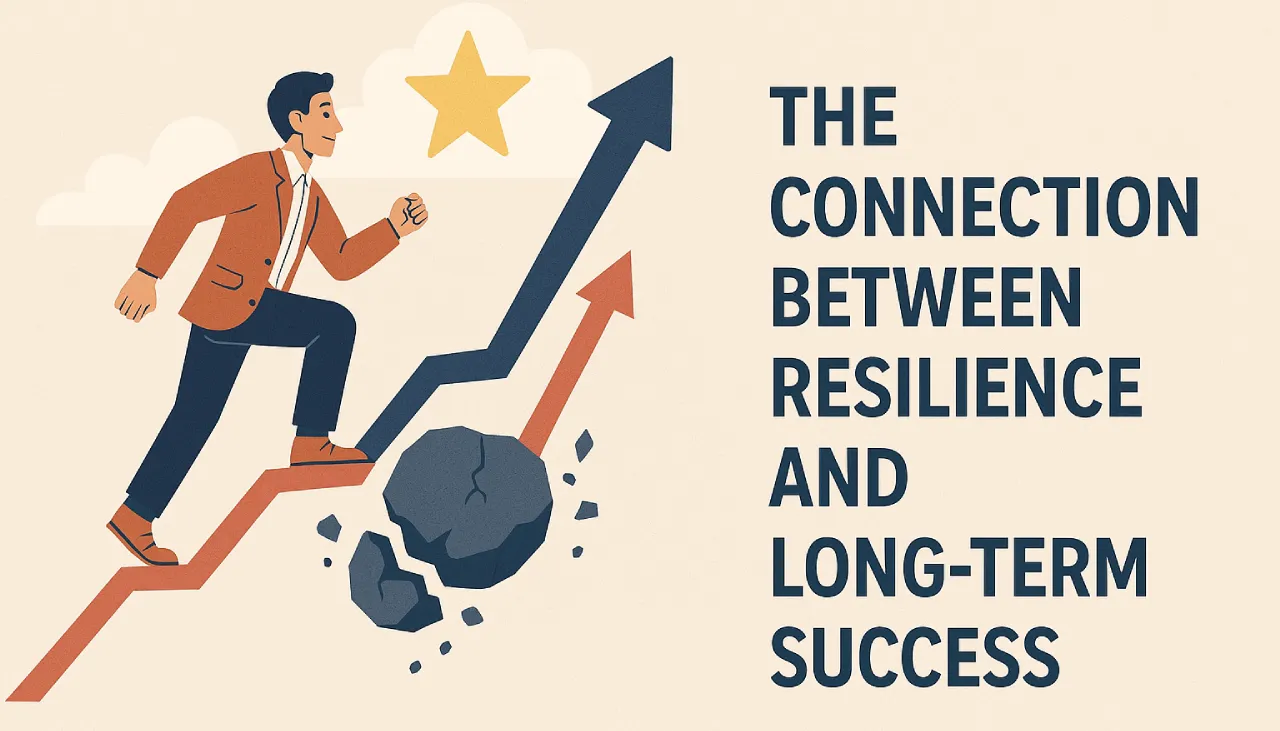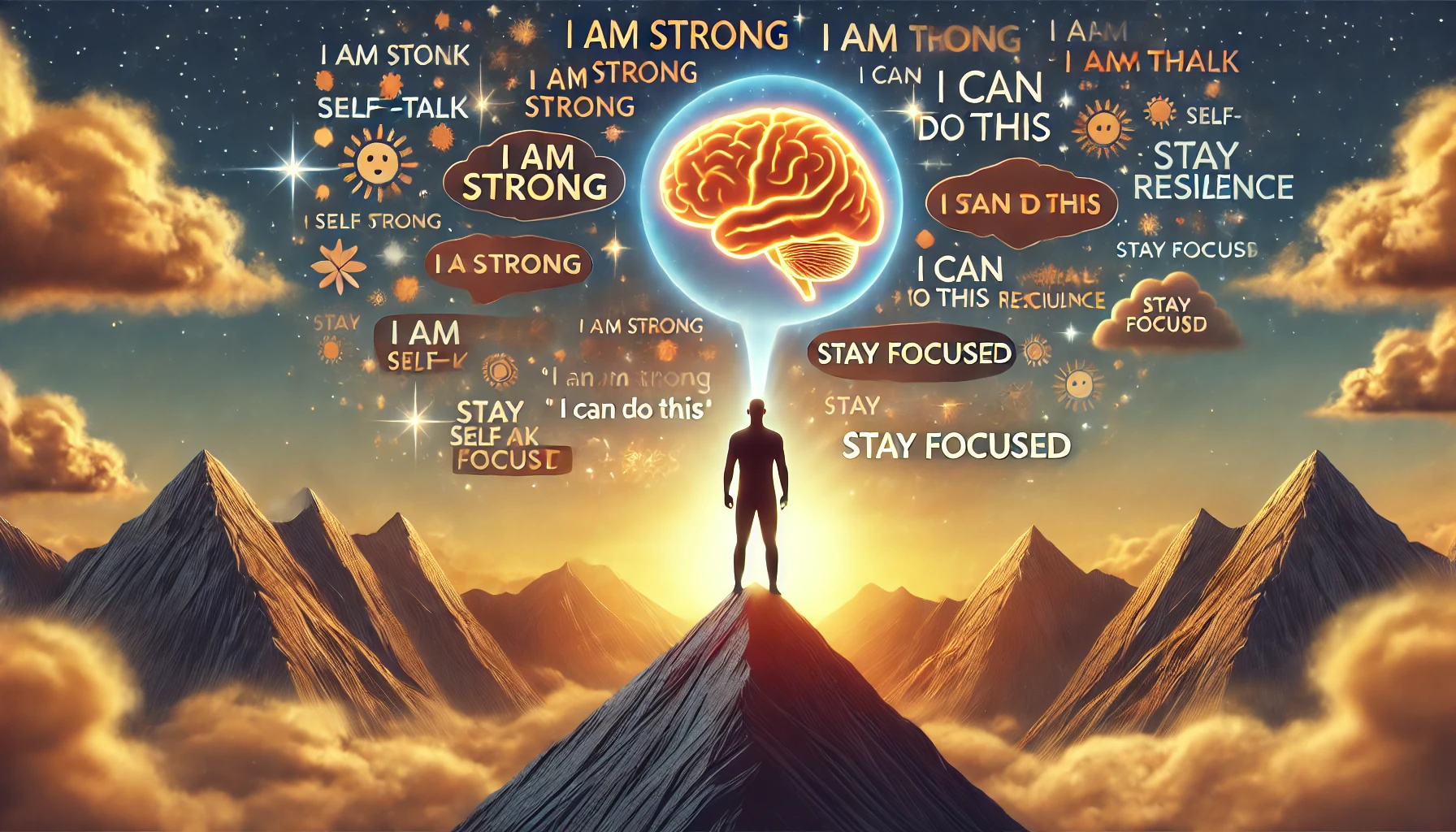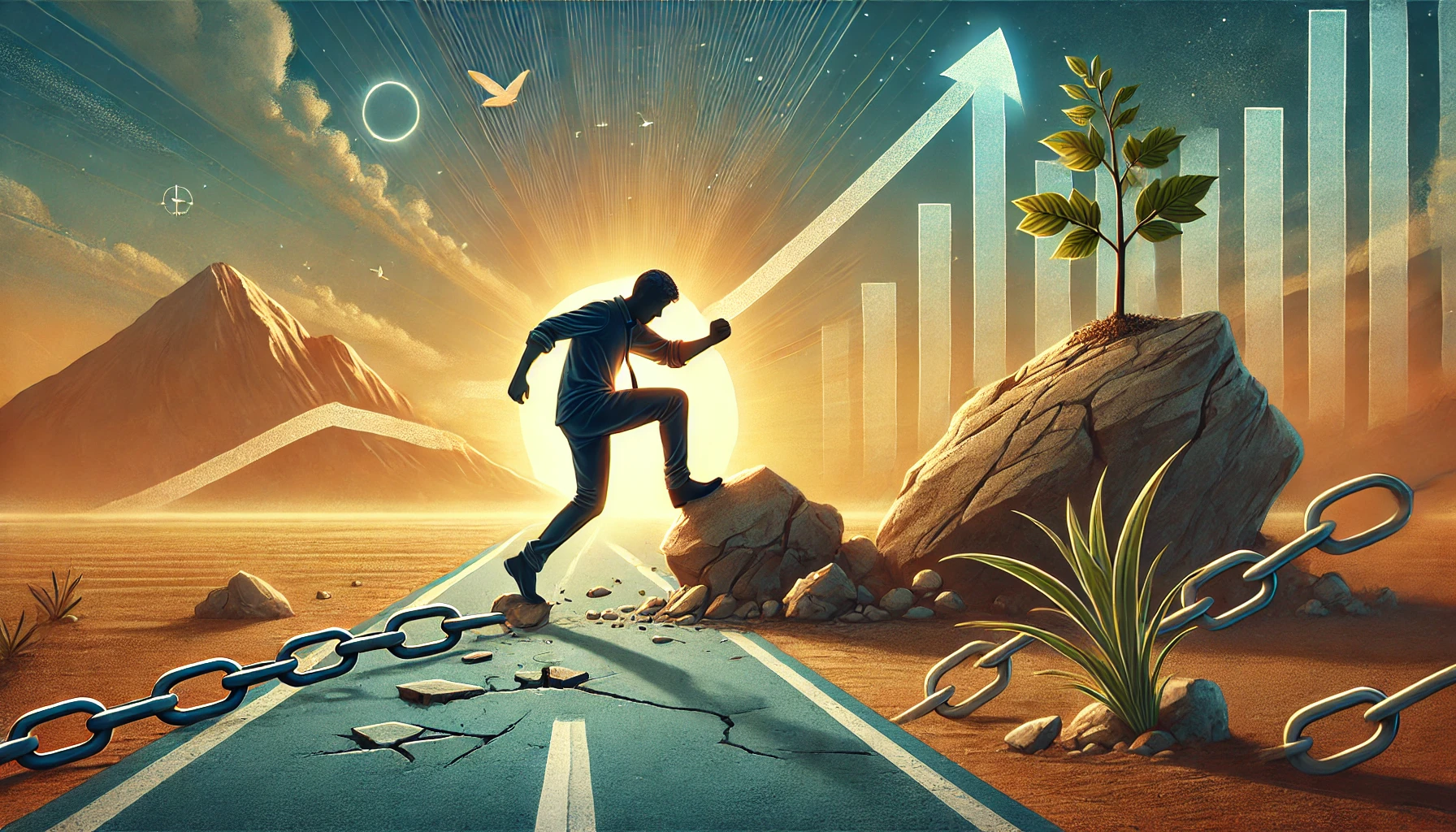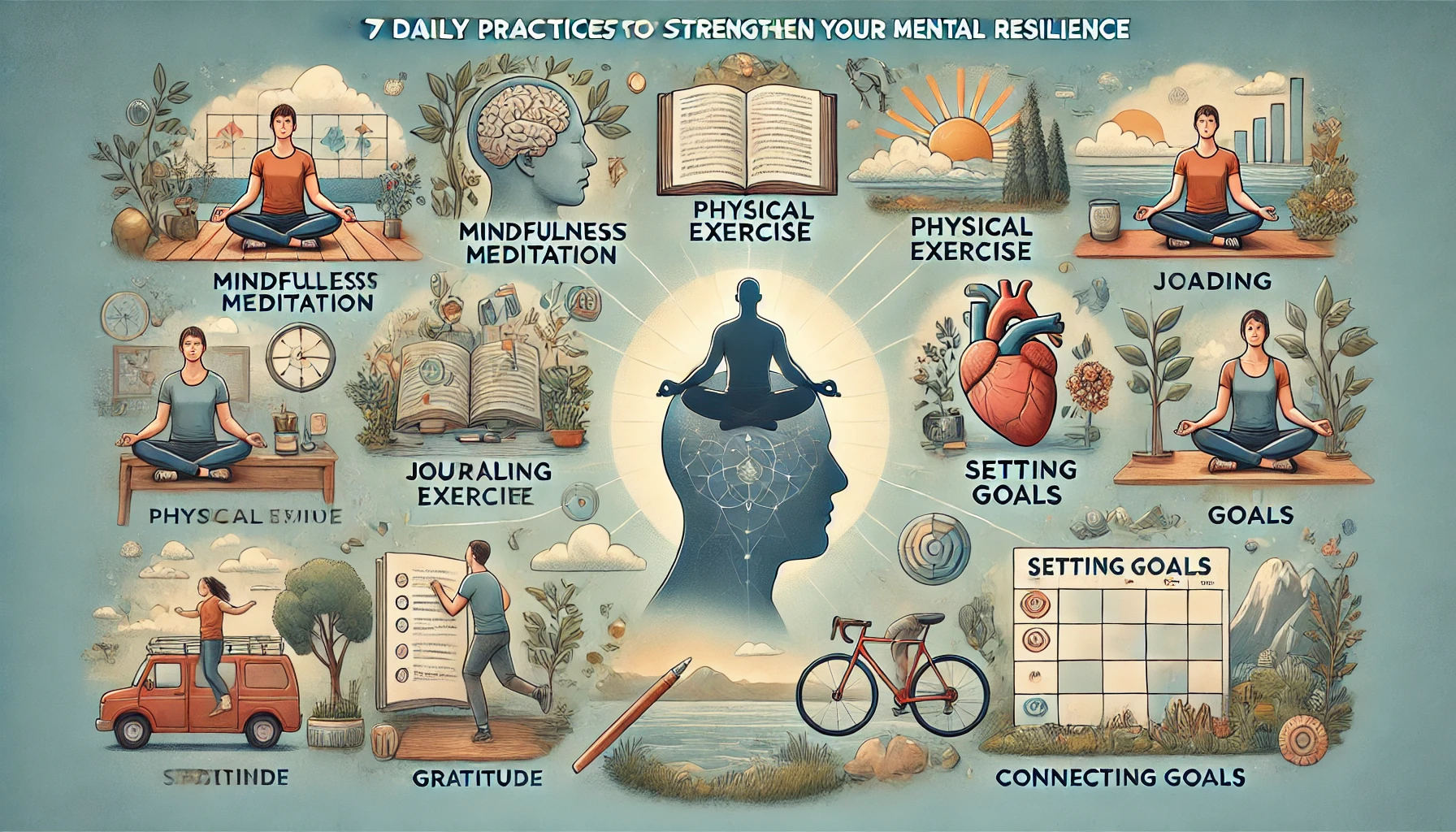Change is inevitable. Whether in your personal life, career, or environment, adaptability is what determines whether you thrive or struggle when faced with uncertainty. The ability to adjust, remain flexible, and embrace new challenges is a critical skill for success.
Neuroscience shows that your brain is wired for adaptability through neuroplasticity, meaning you can train yourself to become more resilient, handle change more effectively, and turn uncertainty into opportunity.
In this article, you’ll learn why adaptability is crucial, how your brain processes change, and practical strategies to develop a strong, adaptable mindset.
1. Why Adaptability is the Key to Resilience and Success
Adaptability is the ability to adjust to new circumstances, learn from challenges, and stay mentally strong despite uncertainty. People who embrace change experience less stress, make better decisions, and stay motivated even when things don’t go as planned.
Key Benefits of Adaptability:
✅ Reduces stress and anxiety – Accepting change lowers resistance and emotional distress.
✅ Enhances problem-solving skills – A flexible mindset allows for better decision-making under pressure.
✅ Improves career and personal growth – Those who adapt quickly are more likely to succeed in evolving environments.
✅ Strengthens emotional resilience – Change becomes an opportunity for growth rather than a source of fear.
📌 Example: When the COVID-19 pandemic forced businesses to shift online, adaptable professionals quickly learned new skills, adjusted to remote work, and found creative solutions, while others struggled with uncertainty.
2. How the Brain Processes Change (and Why It Resists It)
Your brain is designed to seek safety and predictability, which is why change often feels uncomfortable. The amygdala (the brain’s fear center) detects change as a potential threat, triggering the fight-or-flight response. This can lead to:
- Resistance to new experiences
- Fear of failure or uncertainty
- Procrastination and avoidance behaviors
However, the brain is also highly adaptable through neuroplasticity, meaning that with practice, you can train yourself to embrace change rather than fear it.
📌 Example: Research shows that people who actively seek new experiences rewire their brains to become more flexible, making them more comfortable with change over time.
3. Strategies to Strengthen Adaptability
✅ a) Shift Your Mindset: See Change as an Opportunity
Your perspective on change determines your response. Instead of seeing change as a disruption, train your brain to view it as an opportunity for growth.
🔹 Ask positive reframing questions – “How can this challenge make me stronger?”
🔹 Practice “Yet” Thinking – Instead of “I can’t do this,” say “I can’t do this yet.”
🔹 Focus on what you can control rather than what you can’t.
📌 Example: A company layoff may seem like a disaster, but it could also be an opportunity to explore a better career path, learn new skills, or start a business.
✅ b) Strengthen Cognitive Flexibility with New Experiences
Cognitive flexibility is the ability to switch between different perspectives and adapt to new situations. Like a muscle, it can be trained.
🔹 Expose yourself to new situations – Travel, learn new skills, or engage in unfamiliar activities.
🔹 Change small daily habits – Take a different route to work, eat different foods, or switch up your routine.
🔹 Engage in activities that challenge your thinking – Solve puzzles, learn a new language, or take up a hobby outside your comfort zone.
📌 Example: Neuroscience research shows that learning new skills strengthens neuroplasticity, making future changes easier to handle.
✅ c) Regulate Stress to Prevent Overwhelm
Managing stress helps you think clearly and make better decisions during times of change.
🔹 Practice deep breathing techniques to lower cortisol levels.
🔹 Use mindfulness meditation to improve emotional regulation.
🔹 Engage in physical activity to release tension and improve mental clarity.
📌 Example: Studies show that people who engage in mindfulness meditation handle change with less emotional distress than those who don’t.
✅ d) Reframe Failure as a Learning Experience
Fear of failure prevents adaptability. Instead of seeing failure as a setback, view it as valuable feedback for growth.
🔹 Replace “I failed” with “I learned” – Identify key takeaways from mistakes.
🔹 Study successful people – Most high achievers faced multiple failures before succeeding.
🔹 Track past successes – Remind yourself of times you adapted successfully before.
📌 Example: Steve Jobs was fired from Apple but used the setback to reinvent himself, eventually returning to lead the company to its greatest success.
✅ e) Develop a “What If?” Plan to Reduce UncertaintyUncertainty fuels anxiety, but having a plan for different scenarios reduces fear.
🔹 Use “If-Then” planning – “If this happens, then I’ll do this.”
🔹 List potential challenges and solutions – Writing them down makes them feel manageable.
🔹 Embrace the idea that no plan is perfect, and adjustments are normal.
📌 Example: Investors prepare for market fluctuations by diversifying their portfolios, ensuring they stay adaptable during economic downturns.
✅ f) Surround Yourself with Adaptable People
Your environment influences your ability to handle change. Being around people who embrace change helps you develop a similar mindset.
🔹 Seek mentors or friends who see change as an opportunity.
🔹 Engage in discussions with open-minded individuals who challenge your thinking.
🔹 Limit exposure to negative influences that fear change.
📌 Example: Research shows that mindsets are contagious—if you surround yourself with resilient and adaptable people, you are more likely to develop the same traits.
✅ g) Keep a Resilience Journal to Track Adaptability Growth
Journaling about how you’ve handled past changes reinforces your adaptability skills and boosts confidence in your ability to face future challenges.
🔹 Write about a time you successfully adapted to a challenge.
🔹 List lessons learned from past obstacles.
🔹 Set adaptability goals, like learning a new skill or trying a new approach.
📌 Example: Studies show that writing about challenges helps reframe negative experiences, making it easier to move forward.
4. Long-Term Habits for Maintaining Adaptability
✅ Embrace curiosity – Keep learning and exploring new ideas.
✅ Practice saying “yes” to new opportunities – Even if they feel uncomfortable at first.
✅ Develop a flexible identity – Avoid defining yourself too rigidly (e.g., “I’m only good at one thing.”).
✅ Use humor as a coping mechanism – Laughing at difficulties reduces stress and increases perspective.
📌 Example: Research on highly successful people shows that they embrace adaptability as a core skill, allowing them to evolve and seize new opportunities.
Final Thought: Train Yourself to Thrive in Change
Adaptability isn’t just about coping with change—it’s about leveraging it for growth and new opportunities. By using science-backed strategies, you can train your brain to stay flexible, resilient, and strong no matter what challenges come your way.
✅ Shift your mindset to see change as an opportunity.
✅ Strengthen cognitive flexibility by embracing new experiences.
✅ Develop resilience habits like journaling, stress management, and planning.
Start today: Choose one adaptability strategy and apply it to a current challenge—you’ll train your brain to handle change with confidence! 🚀












Leave a Reply